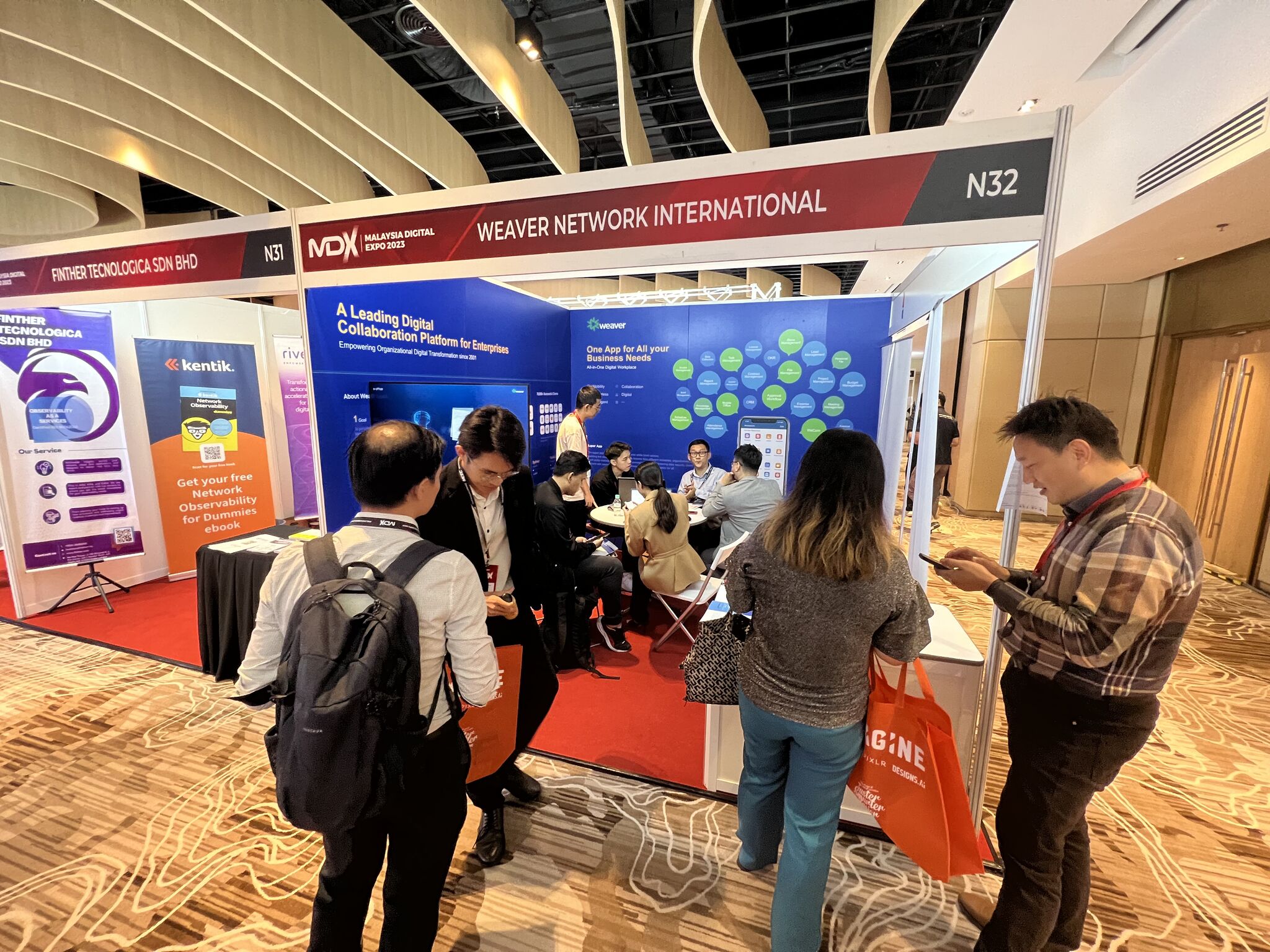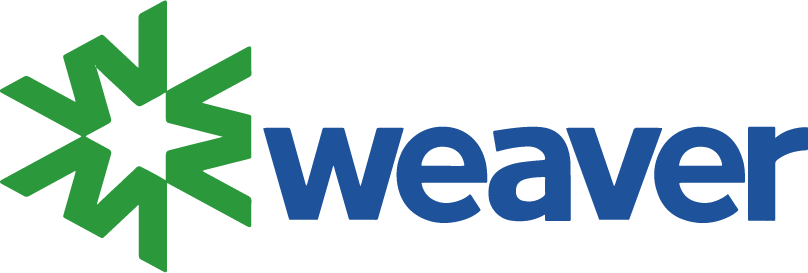Preparing for the post-pandemic business landscape through workflow digitalization
According to McKinsey, the COVID-19 pandemic has significantly accelerated the pace of digital transformation across global corporations. Singapore is no exception, as evidenced by a DBS survey indicating that the nation leads digitalization efforts in the Asia-Pacific region, with 45% of Singaporean corporates reporting well-defined strategies. The undeniable truth is that businesses cannot revert to their old ways if they intend to stay competitive.
The rise of remote work stands as one of the most prominent effects of the pandemic on businesses. However, it merely scratches the surface of the multitude of implications for corporate operations. Nearly everything is undergoing transformation, from work culture and enterprise mobility to a company’s hiring philosophy and service delivery methods. In this context, workflow digitalization emerges as a fundamental component of any digital transformation initiative. Prioritizing workflow digitalization empowers both remote and on-site teams, dismantles organizational silos, facilitates more informed decision-making by leaders, and, most importantly, enables organizations to efficiently meet the evolving needs of their customers.
As we’ve learned during this turbulent period, it is the key to making an organization resilient and agile in the face of challenges and uncertainty.
Benefits of workflow digitalization
Lower Overhead: Digitalized workflows significantly reduce the resources spent on repetitive manual tasks. This not only boosts operational efficiency but also mitigates the risk of human errors. In Weaver’s E-cology platform, workflow digitalization is swift and adaptable to evolving business needs.
Enterprise Knowledge Management: Workflow digitalization enables organizations to centralize and organize vast amounts of data for their entire workforce. This centralization facilitates easy uploading, circulation, and retrieval of information by relevant teams and leaders.
Enhanced Productivity: Workflow digitalization can capture intricate data flows, making it easier to identify and rectify inefficiencies. Employees are empowered to focus on higher-level tasks, while leaders gain a holistic view of the organization to identify strategic opportunities.
Automated Risk Management: Automated business rules can be embedded in workflows to streamline risk and compliance management. This automation enables the system to make hundreds of daily decisions, automating compliance checks and enforcing policies and regulations.
Expanded Business Capabilities: Workflow digitalization not only reduces costs but also enhances operational efficiency, freeing up valuable resources within the company. These resources can then be redirected towards other opportunities, such as innovation and growth strategies. For instance, we worked with a major insurance company that repurposed 40% of their 200-person department by digitizing their financial shared service processes—a remarkable outcome of workflow digitalization.
Traditional workflow vs. Rules-driven workflow
When implementing a workflow digitalization platform, the type of workflow you choose plays a crucial role. Many organizations still rely on outdated ERP systems with traditional workflows, which typically follow a linear, sequential path.
Traditional workflows can effectively automate approximately 80% of processes. However, as data and processes become increasingly complex, traditional workflows may struggle to adapt to new and evolving contexts. Consequently, users may find themselves creating new workflows or resorting to manual processes in certain situations. This can pose challenges and consume resources for process monitoring by managers.
In contrast, Weaver’s solutions leverage rules-driven workflows, which are inherently more dynamic. These workflows prioritize rules over predetermined sequences, enabling them to respond in real-time to available data. Rules-driven workflows present users with relevant options or actions based on the data at hand. Users can then choose from these activities as needed. This stands in contrast to traditional workflows, where actions must be executed in a predetermined sequence. As a result, rules-driven workflows excel at handling unique and complex situations without making the process itself overwhelming or convoluted.
Low-code development
Low-code development stands as a pivotal feature within E-cology, serving as a driving force behind workflow digitalization. It excels at swiftly transforming intricate business processes into intuitive, enterprise-scale solutions. When compared to traditional development methods, low-code development offers a remarkable advantage by enabling the deployment of applications 6-10 times faster.
Moreover, whereas traditional app development often requires thousands of lines of code to achieve the desired outcome, low-code development leverages pre-built components. This results in significant savings of IT resources, as non-IT personnel can easily develop and customize new apps through simple configuration. Beyond time and cost savings, this approach empowers organizations to foster continuous innovation and effectively address the ever-evolving landscape of business needs.
Weaver: Leading the charge in digital workflow transformation
Over the past year, corporations worldwide have navigated through unprecedented challenges, adapting to crisis-driven work environments. Now, as the new normal takes shape, businesses are faced with the imperative to embrace comprehensive digital transformations to thrive beyond the pandemic. In response, Weaver has partnered with thousands of organizations to implement tailored workflow digitalization platforms that meet their unique needs.
We’ve witnessed firsthand how workflow digitalization reshapes organizational culture from its core. It goes beyond the transformation of day-to-day processes; it fundamentally alters how leaders approach decision-making. Through digitization and automation, our platform liberates valuable resources—space, time, and money. This not only ensures your organization’s resilience in the face of future challenges but also unlocks new opportunities that position you at the forefront of innovation.
Contact Weaver for more customized enterprise digital transformation solutions. Request your free demo today.








